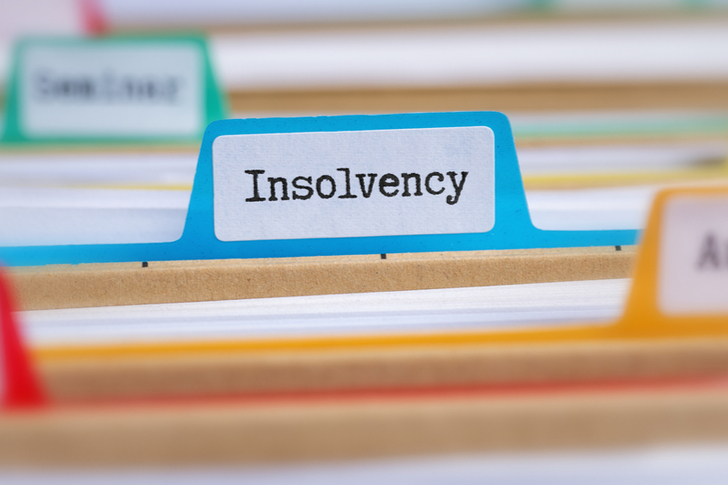As the tide goes out and fraudulent conduct is increasingly discovered, victims will need to consider all options available to them. Whilst the default option for victims tends to be pursuing direct civil recovery, insolvency processes can be under-utilised by comparison.
For example, each of us has had experience of advising creditors who were victims of separate Ponzi schemes where their instinctive reaction had been to pursue direct fraud claims. However, in the right case, insolvency processes can also be an extremely effective route to recovery. It is therefore important that advice is taken at an early stage as to the best way forward.
This article briefly outlines the two processes and then some of the advantages and disadvantages associated with pursuing insolvency, focusing on corporate rather than individual insolvency (although there is significant overlap between the two).
Overview of civil fraud claims and insolvency processes
By way of very brief overview, a civil fraud claim commenced directly by a victim of fraud against a fraudster and/or its associates is usually brought in the High Court (or in an arbitration). There are various bases for such a claim, and some of the more common ones involve allegations of conspiracy and deceit/misrepresentation. Frequently, a claimant will seek interim relief in support of such claims, such as worldwide freezing injunctions and search and disclosure orders.
In contrast, insolvency involves claims being pursued by an insolvency practitioner (IP) whose role is to collect in and preserve and distribute company assets on behalf of the entire body of creditors. In addition to the types of claim and relief outlined above, there are additional claims only available to IPs. For an IP to be appointed, a party (usually a creditor) needs to petition to the court. There are various grounds on which a petition can be based, the most common of which is that a company is unable to pay its debts.
Why might a creditor pursue insolvency?
Insolvency processes can have a number of potential advantages to a creditor, including:
- An IP has statutory information gathering powers which can assist in particular in obtaining information from parties who are involved in and/or have knowledge of the fraud. They may obtain orders compelling individuals to attend an interview or examination by the IP and/or to produce any records in their possession which provide information as to the company’s affairs. If those individuals refuse to attend, they may be arrested and brought before the Court. This can all be utilised to build claims against any wrongdoers.
- An IP’s powers of investigation have a particular benefit in fraud proceedings, in which parties often wait to see a claimant’s pleaded case before putting forward a false version of events intended to undermine the defence. In insolvency, the potential defendants are required to give a full account of the company’s affairs before the IP has formulated its claims, often putting the IP on the front foot when pursuing such claims.
- An IP has standing to bring a wide range of claims against the fraudsters and those involved in the fraud, some of which are unavailable to a victim claiming directly against a fraudster.
- There are established mechanisms for recognition of IPs in other jurisdictions, which can, depending upon the jurisdiction in question, be an effective tool to investigate wrongdoing and recover assets.
- There is jurisdiction in England to place foreign companies into insolvency if there is sufficient nexus to England. This can be particularly useful in that it makes available tools in England which might not be available or have the same potency elsewhere.
- In advance of the insolvency, it may be possible to appoint a provisional liquidator to hold the ring pending the outcome of the insolvency petition.
- If funding is an issue for one victim, it may not be for another creditor, so insolvency can allow all creditors to club together to fund an action.
What are the potential downsides?
Despite these advantages, insolvency processes are not always the preferred option:
- If there is a genuine and substantial dispute as to any debt that gives rise to a petition for insolvency, then insolvency may not be the appropriate course. Respondents to a petition will usually try to establish sufficient doubt to prevent a petition being successful, including by seeking injunctive relief.
- Any creditor can petition for the winding up of a company, but that creditor may not be aligned with the other creditors. Indeed, there may be fake creditors without a genuine debt, put in place by forward-thinking fraudsters to take control of any voting decisions on behalf of the body of creditors and therefore sway the course of the insolvency in an adverse way.
- Creditors lose control of the conduct of the dispute, which is then in the hands of the IP. That said, an IP is an officer of the court who is duty bound to act in the interests of the creditors, and creditors can apply to court if they consider an IP has breached those duties.
- An IP will need to be funded to cover their costs and those of bringing claims. Often the estate has insufficient assets to do so, however third party funding may be available.
- Any recoveries may be shared with other creditors, after certain priorities are first discharged.
Accordingly, whilst insolvency processes do have a number of real benefits in cases of fraud, it is not a one-size-fits-all solution. The facts of each case and nature of the victim and its capacity to fund any direct action will have to be considered to weigh up whether insolvency or a direct civil fraud claim brought by the victim is likely to be more fruitful.
Was this article helpful?
YesNo


